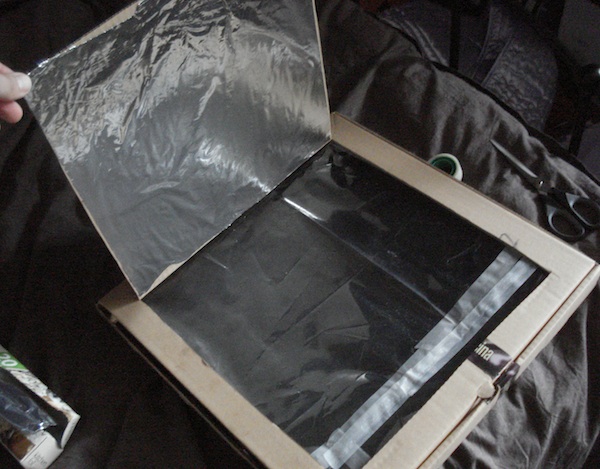Things I do not recommend doing if you are a gardener (or, in fact, even if you're not, although it
does get you out of doing any washing up for about two mnths):
breaking your thumb. Despite this handicap, I have managed to be moderately productive on both allotment and balcony over the last month. You would think that weeding might be a one-handed activity, but it turns out that I use the other hand for balance more than I would previously have thought. Nevertheless, in the ongoing battle versus the weeds, I'm just about coming out on top. Two weeks off was more than enough to make it hard to catch back up; but when I did get going on the top bed (planted to roots this year), I found that carrot, beets, and one or two parsnips were making their way through the jungle. (What has happened to the rest of the parnsips? Who knows.)
I've also been reading a new book, "Organic Gardening the Natural No-Dig Way", by Charles Dowding, and so far have come up with a couple of useful messages. The first concerns weeds: "a year of weeds is seven years of seeds".
This has implications for green manure – if you don't intend to dig in your manure (see 'no-dig'), it will go to seed, making more trouble for you in the future. Dowding isn't in favour of green manures unless (like mustard) they're killed by frost before seeding.
It also has implications about the amount of work that needs to be done over the winter. This winter I did only very minimal weeding, as the weeds were growing only minimally, but in practice this just meant that I didn't get on top of it before they went to seed in the spring. I'm definitely seeing the results.
I've been reminded during the intensive weeding process of the last couple of weeks of something I read from Bob Flowerdew: that it pays to keep going back to a bed you've weeded thoroughly
before it obviously needs weeding again. Keep cutting off the tops of the weeds (if using a hoe) or uprooting them (if weeding by hand) and they'll get weaker, so the job will become progressively easier.
I am constantly debating the issue of whether or not to bother keeping weeds that have gone to seed, and rhizome-type weeds, out of the compost. On the one hand, this is often recommended as otherwise your compost will just grow weeds. On the other hand, I'm never going to get rid of the weeds for ever anyway, and it seems a bit of a waste of compostable material. My current compromise is to leave the rhizome-rooted weeds out on the paths for a week or so to dry up before composting them.
This season I've also been thinking more about hoeing to speed up weeding. Making seed rows a hoe's width apart helps, but the problem I've then encountered is that my rows aren't always straight. With the next lot of planting (which will be the subject of my next post), I intend to actually use pieces of string, as I see the older gardeners on the allotment doing.




